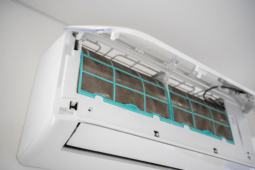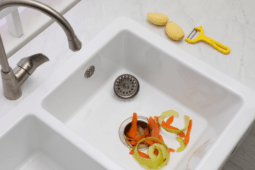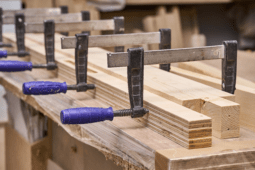Simple Steps and Techniques for How to Magnetize a Screwdriver
Magnetizing your screwdriver can make a world of difference in your DIY projects, providing added convenience and efficiency by allowing screws to cling to the tool as you work. Whether you’re fixing up your home or indulging in a detailed crafting project, knowing how to magnetize a screwdriver can be a real game-changer. Let’s explore the steps and tips to achieve this tool upgrade.
The Benefits and Applications of a Magnetized Screwdriver
Before we dive into the how-to, it’s essential to understand why you might want to magnetize your screwdriver in the first place. A magnetized screwdriver can save you time and effort, especially when working in tight or awkward spaces where holding onto screws can be challenging. By magnetizing the tool, screws will cling to the tip, making it easier to guide them into place.
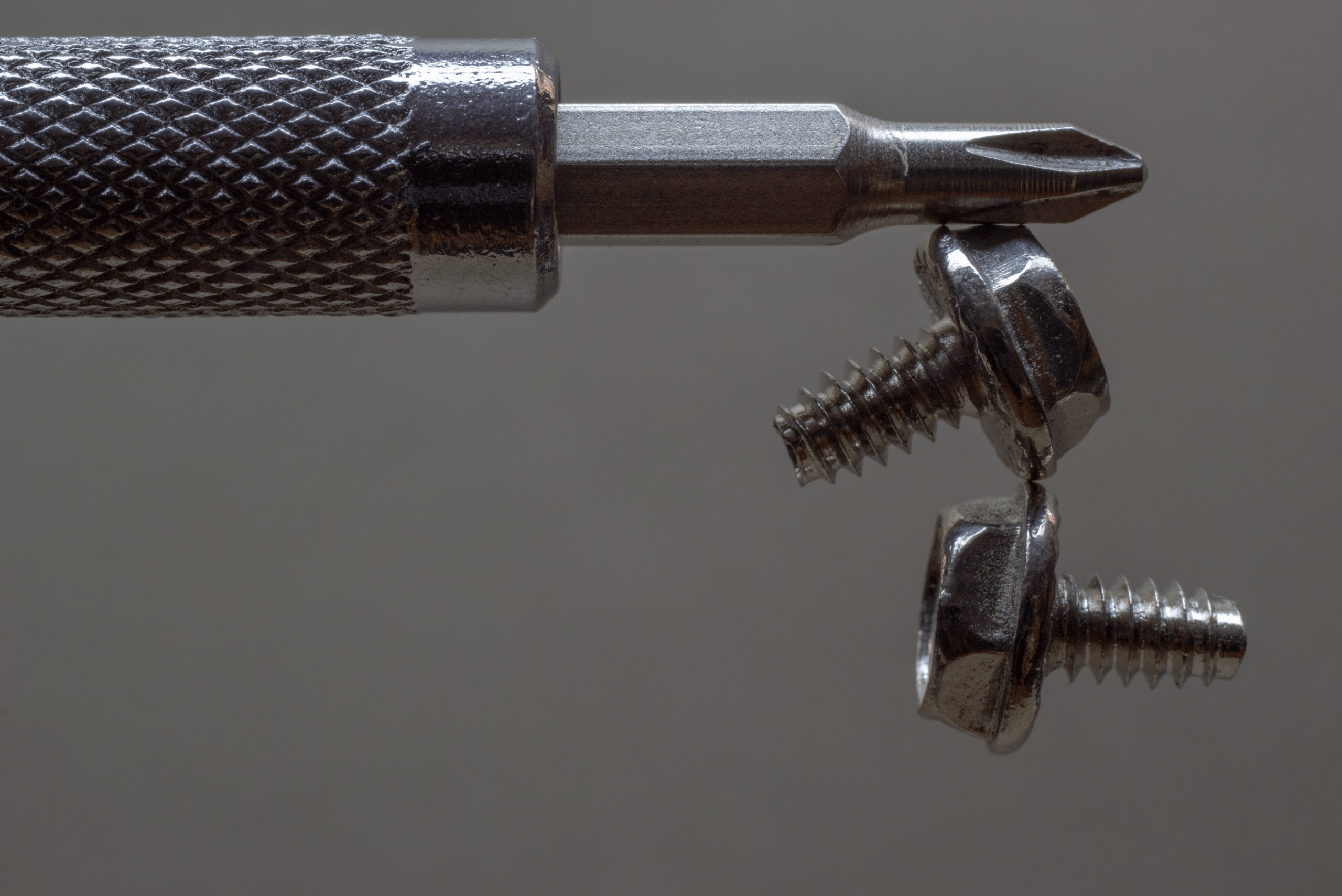
The applications are vast – from assembling furniture to repairing electronics, a magnetized screwdriver can come in handy. This simple modification can also help prevent dropped screws that can get lost or cause safety hazards. Plus, it’s a quick and cost-effective way to enhance your toolkit without needing to purchase specialized magnetic screwdrivers.

Simple Household Items You Need to Magnetize a Screwdriver
The great news is that you don’t need to invest in any fancy equipment to magnetize your screwdriver. You can achieve this with common household items – all you need is a strong magnet. Neodymium magnets, which you might find in old hard drives or as standalone purchases, are particularly effective. If you don’t have a neodymium magnet, a regular refrigerator magnet can also work, though it may not be as powerful.
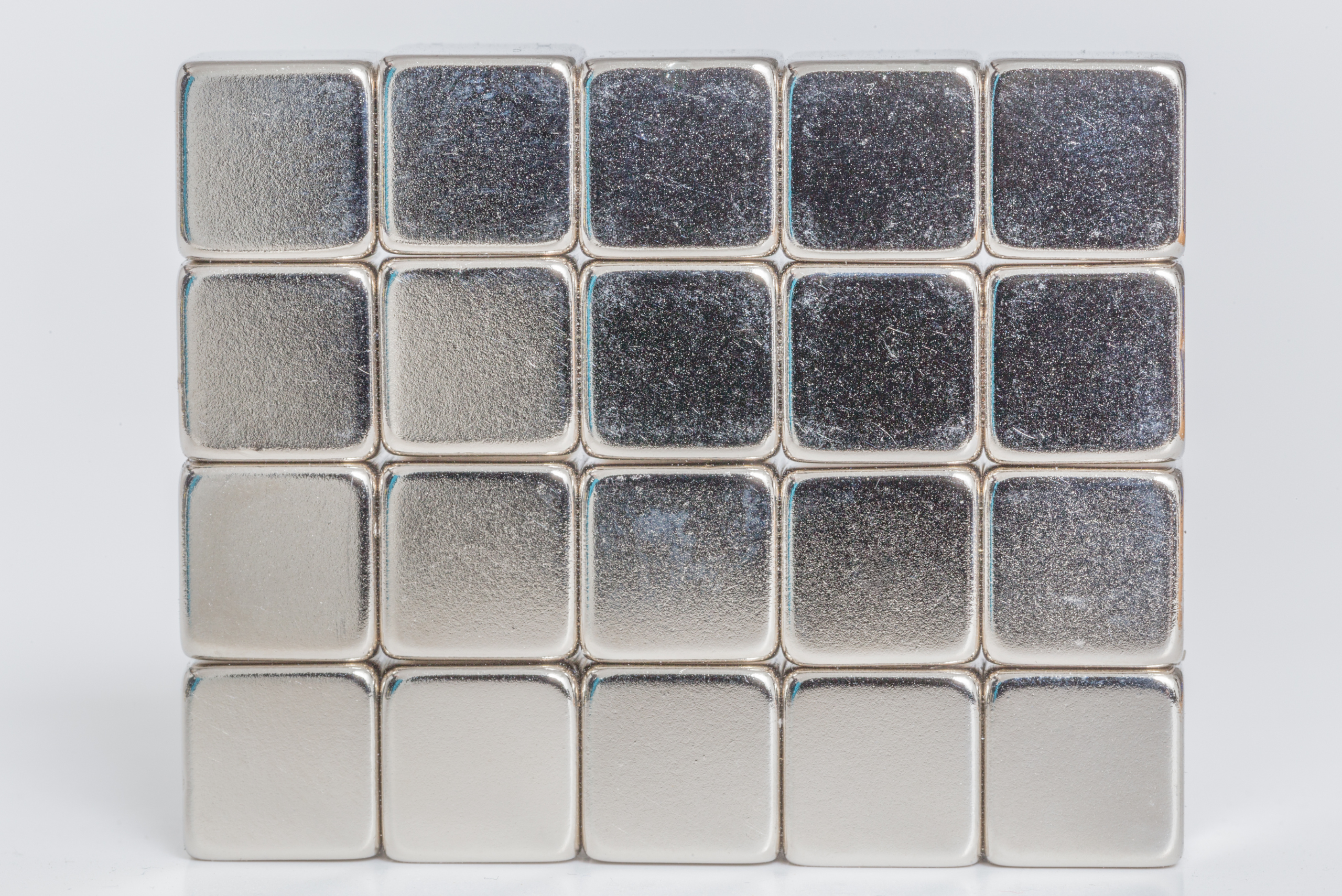
Additionally, you might want a piece of cloth to protect the surface of your magnet if it’s particularly strong. This ensures you don’t scratch or damage your screwdriver during the process. Gathering these basic items is the first step towards transforming your screwdriver into a magnetic marvel.
Step-by-Step Guide on How to Magnetize a Screwdriver Effectively
Now that you have your materials, it’s time to magnetize your screwdriver. Follow these simple steps:
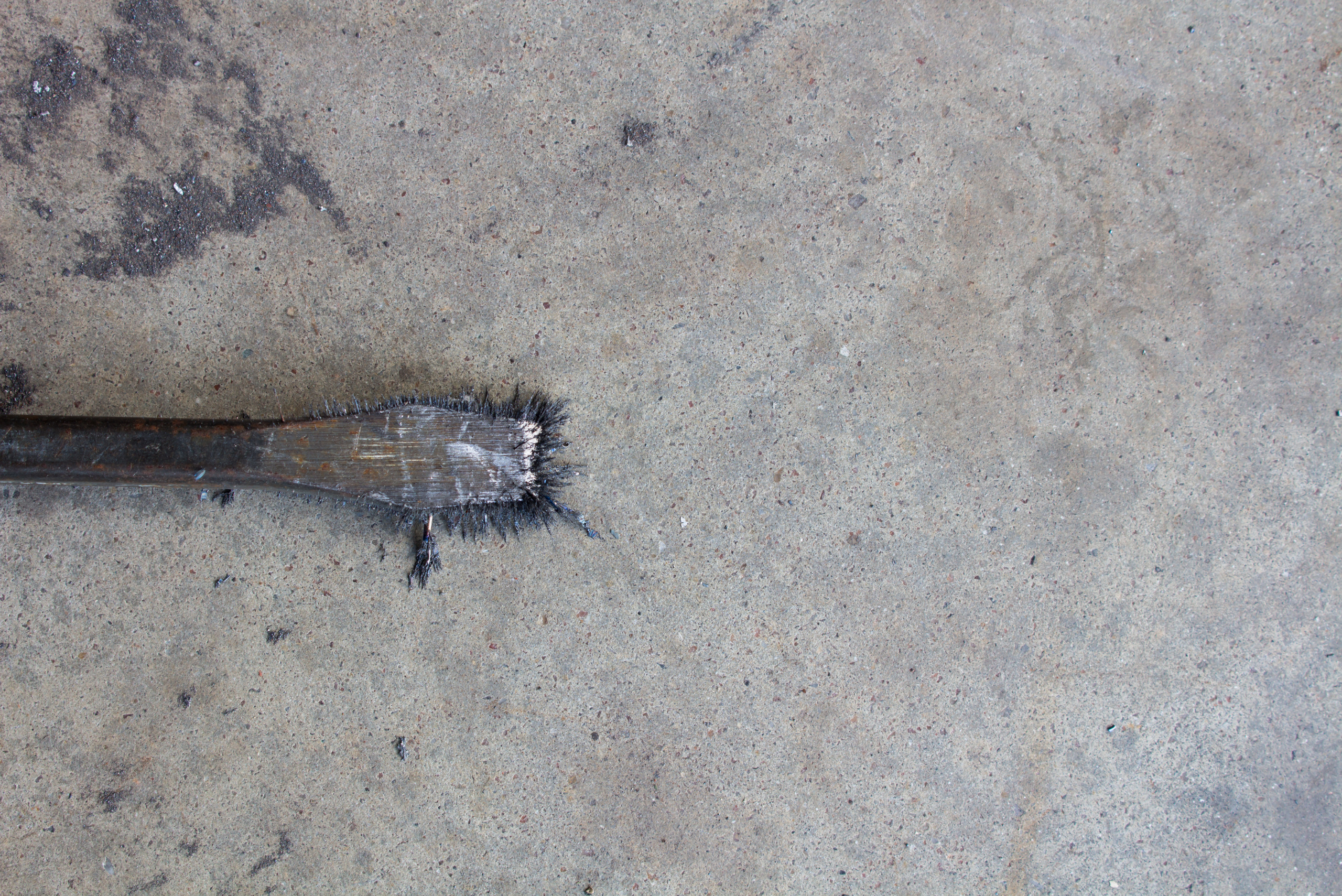
1. Clean the Screwdriver: Ensure that the tip of your screwdriver is clean and free from any debris or grease. This will ensure that the magnetizing process is effective.
2. Rub the Magnet Along the Shaft: Take your magnet and rub it along the length of the screwdriver shaft, from the handle to the tip. Do this in one direction only, as rubbing back and forth can demagnetize the tool. Repeat this process several times, applying even pressure.
3. Test the Magnetization: After several passes with the magnet, test your screwdriver by touching the tip to a small screw. If it picks up the screw, your tool is successfully magnetized. If not, repeat the process until the screwdriver can attract screws effectively.
4. Maintain the Magnetization: Over time, the magnetic effect may weaken. To maintain magnetization, simply repeat the steps as needed.
Exploring Alternative Methods for Magnetizing a Screwdriver
While rubbing a magnet along the screwdriver is the most common method, there are alternative ways to achieve magnetization. For instance, if you have access to a battery and copper wire, you can create an electromagnet. Wrap the wire around the screwdriver and connect the ends to the battery terminals. This method can provide a stronger magnetic effect, though it’s a bit more complex.
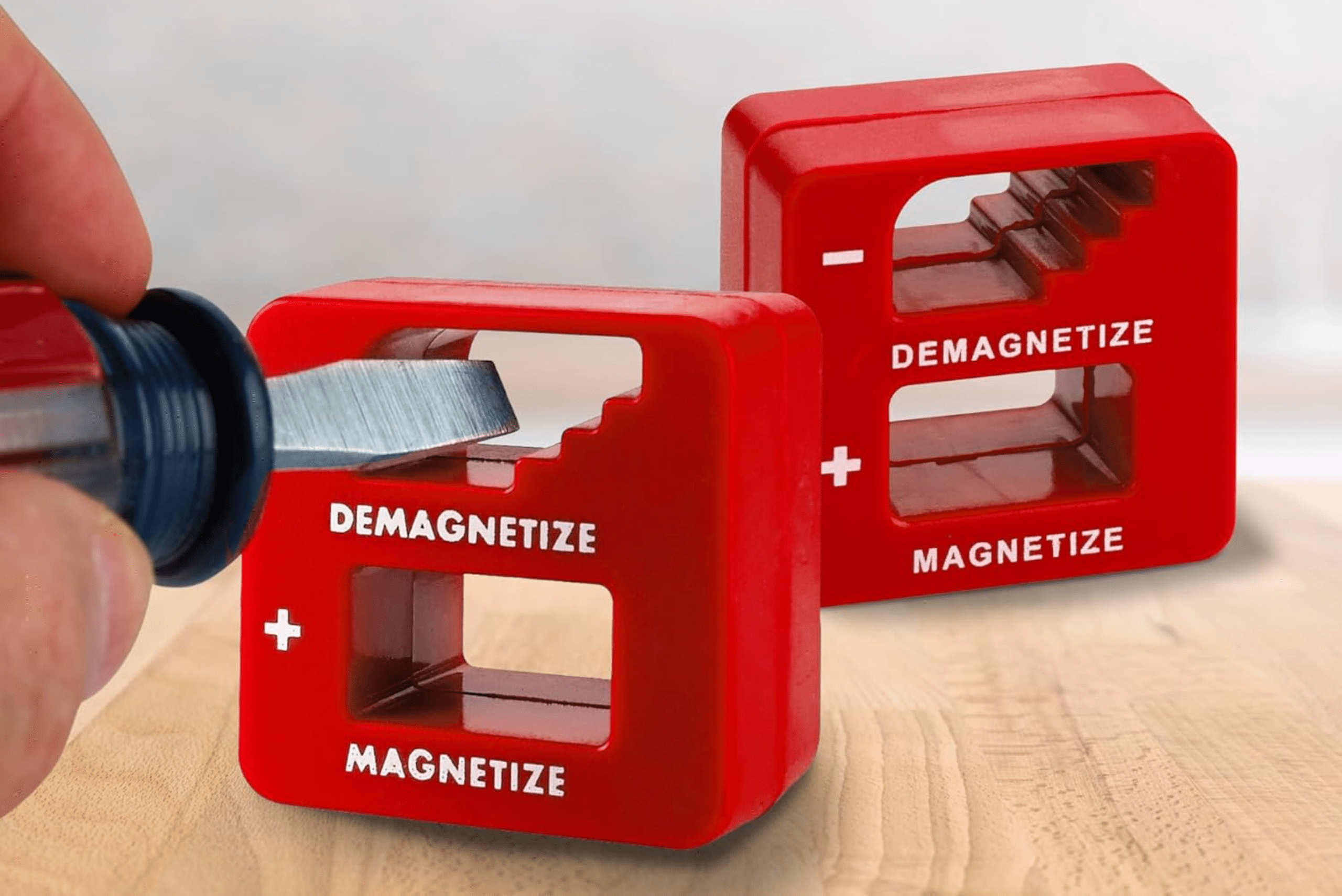
Another alternative is using a magnetizer/demagnetizer tool, which you can find at most hardware stores. These tools are designed specifically for this purpose and can make the process even quicker and more efficient. Simply insert the screwdriver into the magnetizing slot and let the tool do the work.
Troubleshooting Common Issues and Ensuring Safety While Magnetizing
While magnetizing a screwdriver is generally straightforward, you might encounter some issues. For example, if the screwdriver doesn’t seem to hold magnetism, ensure that you’re using a strong enough magnet and that you’re rubbing it in one direction only. Also, check that the screwdriver is clean, as dirt and grease can interfere with the process.
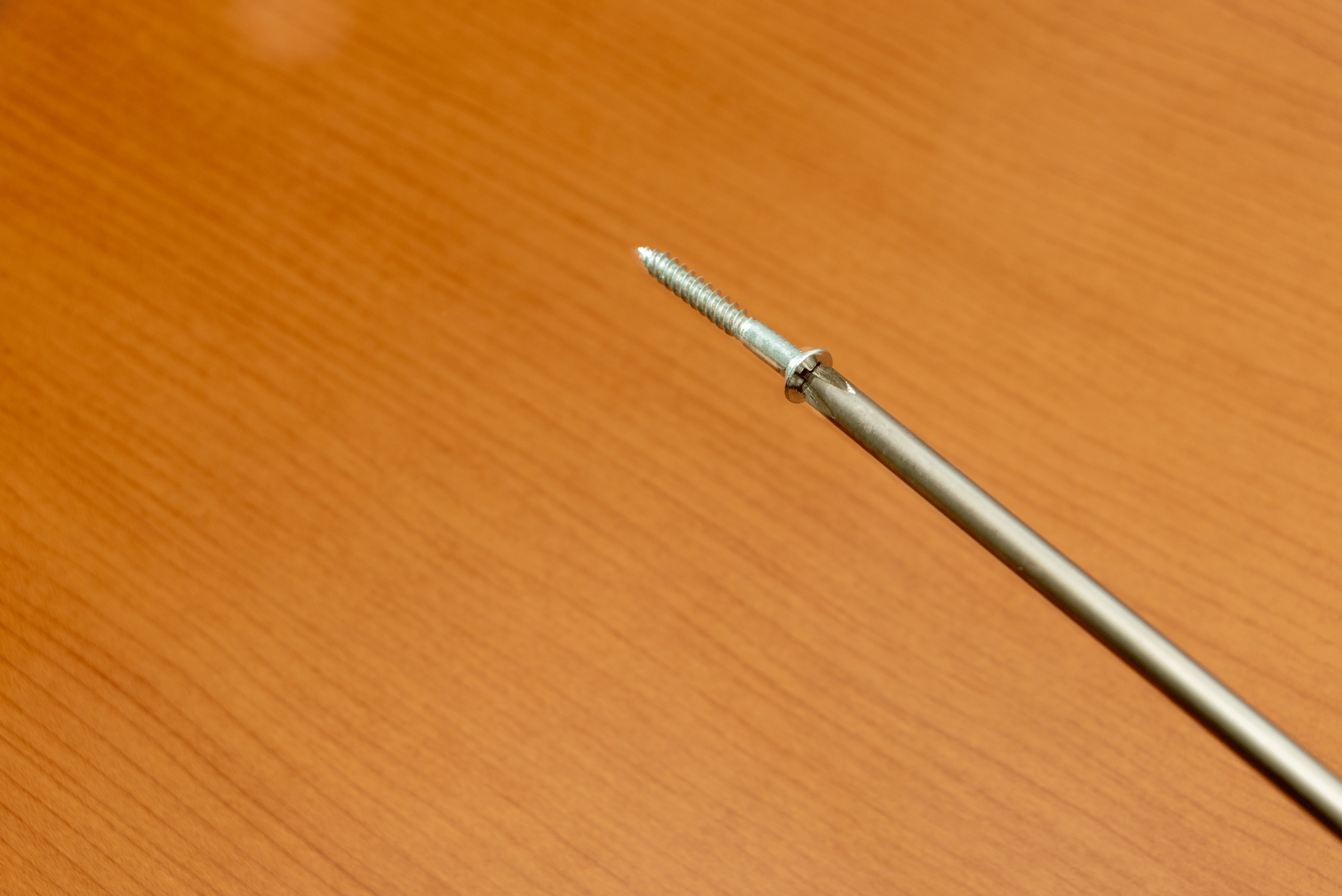
Safety is also crucial. When working with strong magnets, be mindful of pinching hazards and keep them away from electronic devices to avoid damage. Always handle magnets and tools with care to prevent accidents or injuries.
Related Articles
- ManMade Essentials: When to Use Nails vs Screws
- Different Types of Screwdrivers for Every DIY Project
- Top 10 Must-Have Screws for Every Project
Magnetizing a screwdriver is a simple yet highly effective way to enhance your DIY toolkit. With just a few household items and a bit of effort, you can transform a standard screwdriver into a versatile, magnetic tool. Whether you’re a seasoned DIY enthusiast or just starting out, this handy trick can make your projects smoother and more efficient.
Ready to start your next project? Join our DIY community to receive tool tips, how-to guides, and exclusive creative insights. Subscribe to the ManMadeDIY newsletter now! Click here to unlock a world of hands-on inspiration.





